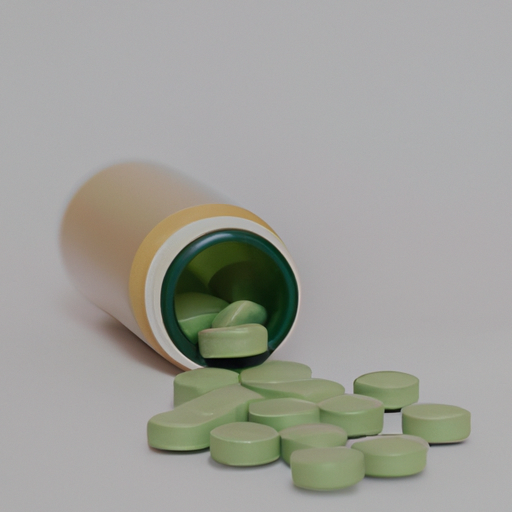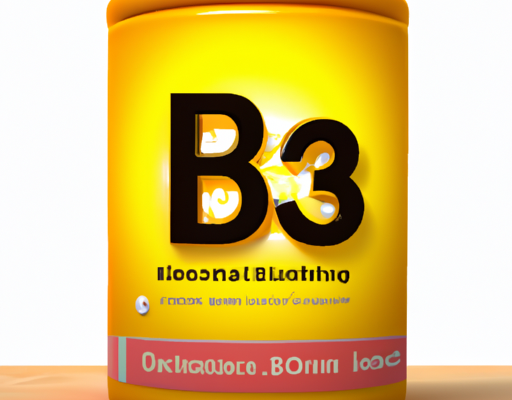1. Definition of Shoe Rash
Shoe rash is a common skin condition caused by friction between the feet and shoes. It typically appears as a red or pink rash on the feet, and is often accompanied by itching and blistering. The affected skin can become dry, scaly, and cracked, and in some cases, bacterial or fungal infections such as athletes foot or jock itch can develop. Although shoe rash is not typically a serious condition and can usually be treated with over-the-counter creams and ointments, if left untreated it can lead to further complications and pain. To help prevent and treat shoe rash, it is important to wear properly fitting shoes and socks, keep the feet dry and clean, and apply a barrier cream before putting on socks and shoes.
2. Causes of Shoe Rash
Shoe rash is an uncomfortable and often embarrassing problem that affects people of all ages. It is caused by the accumulation of sweat and oils from the feet, which in turn can cause an allergic reaction on the skin. Because feet are typically enclosed, warm, and moist all day, the bacteria and fungi on the feet can easily multiply and cause a rash. Poor ventilation in shoes can also increase the risk of a rash developing. Wearing ill-fitting shoes, or shoes that are too tight and rub against the skin can also lead to a rash. Shoes made of materials that do not breathe well, such as plastic or rubber, can also trap moisture and lead to a rash. The best way to prevent shoe rash is to wear comfortable shoes that are made from breathable materials and fit properly.
3. Prevention of Shoe Rash
Shoe rashes can be uncomfortable and embarrassing, so prevention is key. To prevent shoe rash, it’s important to keep your feet clean and dry. Here are some tips that can help:
- Wear comfortable, breathable shoes that are the proper size and fit.
- Change your socks daily and wear cotton socks to help absorb moisture.
- Spray your feet with an antifungal powder to help prevent fungus from growing.
- Wash your feet thoroughly with soap and water and dry them completely before putting them in socks and shoes.
- Avoid tight-fitting shoes that squeeze your toes and reduce air circulation.
By following these tips, you can help reduce your risk of getting shoe rash. If you do develop a shoe rash, contact your doctor for the best treatment options.
4. Treatment of Shoe Rash
Shoe rash can be an annoying and potentially painful condition, but it is easily treatable. Treatment for shoe rash typically involves the application of an over-the-counter antifungal cream to the affected area, as well as ensuring that the affected area stays clean and dry. Wearing clean socks and changing them regularly can also help to prevent the rash from becoming worse. If the rash persists despite these measures, it is advisable to see a doctor, as they may need to prescribe more powerful antifungal medication or take a culture of the affected area to ensure the correct diagnosis.
5. Summary
Shoe rash is a skin condition caused by friction and pressure between the feet and the inside of the shoes. It can cause redness, itchiness and even blisters. Taking proper care of your feet and wearing the right shoes can help to prevent this condition. It is important to make sure that you choose shoes that fit properly and that provide enough space for your toes. Keep your feet clean and dry, and make sure to change your shoes regularly. If you do encounter this condition, it is necessary to take proper care of the affected area. If the symptoms do not improve, it is best to seek medical advice. Proper treatment and care can help to reduce the discomfort associated with shoe rash and prevent it from occurring again.





No Comments